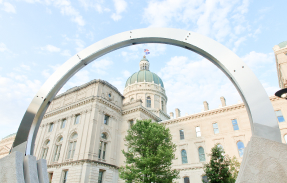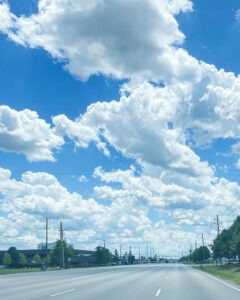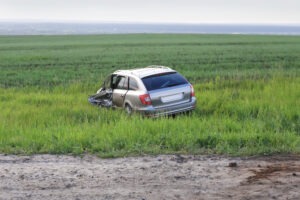
Single-vehicle accidents involve only one vehicle striking an object or leaving the roadway. Examples include hitting a tree, guardrail, utility pole, or other roadside object. Single-vehicle crashes also occur when a driver swerves to avoid another car, pedestrian, animal, or road hazard and runs off the road or rolls the vehicle.
Even though nobody else was involved in your accident, it is not a good idea to leave the scene. While it may be tempting, the actions you take immediately after and in the days following a single-vehicle crash can make a big difference in what happens next.
Cooperating with police, seeking medical attention even for minor injuries, documenting scene details, obtaining witness information, and retaining an experienced car accident lawyer are key steps to maximizing your compensation and legal rights should you pursue an insurance or injury claim.
Gather Evidence If Possible Before You Leave the Scene of a Single Car Accident
It’s important to think about the cause of your crash and try to determine if there is any liability. Though you may be shaken up after the accident, it’s wise to try to gather as much evidence as you can. Here are some additional tips for documenting and gathering evidence after a single-vehicle accident:
Witnesses
Interview any potential witnesses who may have observed the incident or arrived immediately after. Get their full contact information and written statements if possible. Witnesses can provide critical third-party confirmation of how the crash occurred.
Other Parties
If another vehicle, pedestrian, cyclist, or animal was involved as the object you swerved to avoid, gather as much identification information as possible, even if they did not directly collide with your vehicle. Their actions could have contributed to the incident.
Video or Surveillance Cameras Nearby
Check side streets and driveways near the scene for any security cameras or doorbell cameras that may have useful footage. Follow up to obtain copies.
The Object You Hit
If the struck object is damaged, take close-up photos of just the damaged sections, not simply wide shots. Detailed images show the force of impact.
Location of the Vehicle After the Crash
Carefully inspect and photograph the final resting position of your vehicle. Did it cross lanes of traffic or end up in a vulnerable location, increasing the severity?
Ask for Copies of Dispatch Records and 911 Calls
Request a copy of the 911 call and dispatch records which could contain the reporting party’s description of how the crash occurred.
Road Hazards
If you swerved off the road, look for possible causes like potholes, debris, construction materials, or other hazards in the road that may have triggered the incident.
Reconstruction of the Accident
If the accident resulted from a loss of control of the vehicle, consider hiring an accident reconstruction expert to determine if a mechanical failure or product defect was the cause.
Thorough documentation and investigation establishes liability and prevents important evidence and witnesses from being lost. An experienced car accident attorney knows how to gather these details to help prove the validity of your claim so you may be able to collect compensation.
Your Case Will Get
The Attention It Deserves
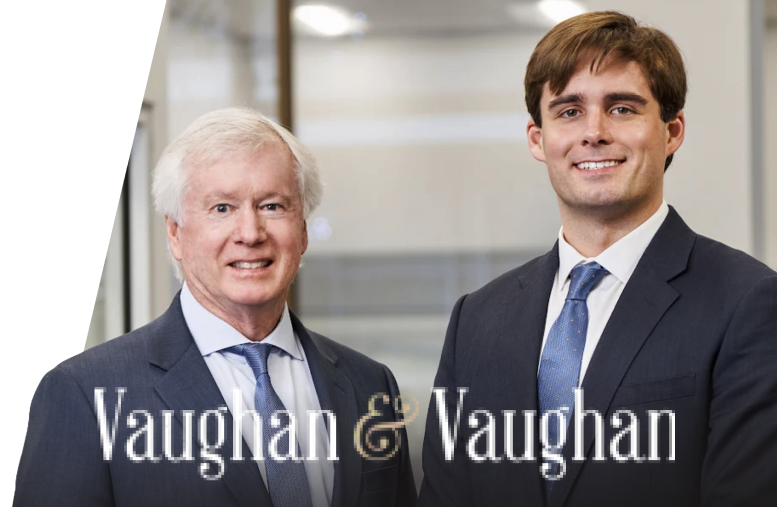
Why You Shouldn’t Leave the Scene of a Crash Even If You Were the Only One Involved
Fleeing the scene after a single-vehicle accident, even without apparent injuries, can lead to serious consequences. Legally and ethically, you should remain at the scene long enough to check for injuries, assess property damage, and make reasonable efforts to notify affected owners.
Even if your single-car crash only damaged your own vehicle plus an object like a parked car, fence, or structure, state traffic laws likely require stopping and reporting it to authorities or property owners. Failure to do so can result in criminal hit-and-run charges.
Keep in mind that just because you were alone does not mean other parties were not involved or the scene tells the whole story. Seeking medical care, cooperating with police, documenting details, and contacting an attorney will serve your interests far better than fleeing in panic. Smart actions taken at the scene protect your rights for any future injury claim or legal proceedings.
How Can I Protect My Rights After My Single-Car Auto Accident?
Here are some tips to protect your rights after a single-vehicle accident:
- Remain at the scene and cooperate with police. Provide your insurance and registration info, but avoid speculating on fault.
- Seek medical attention, even for minor injuries. Your health and establishing you were not impaired are priorities
- Document the scene thoroughly and gather as much evidence and information as possible
- Do not admit fault or sign any statements without consulting your attorney
- Hire an experienced lawyer as soon as possible. They can immediately launch an investigation while the evidence is fresh
- Follow your doctor’s treatment plan to recover properly from any injuries sustained
- Save all accident-related paperwork and communications for your lawyer’s review
- Allow your attorney to handle all communications with insurance companies, adjusters, and investigators
- Explore filing an injury lawsuit if the crash was caused by a dangerous road condition, vehicle defect, or other party’s negligence
Documenting the scene thoroughly and promptly seeking medical attention also strengthens your case.
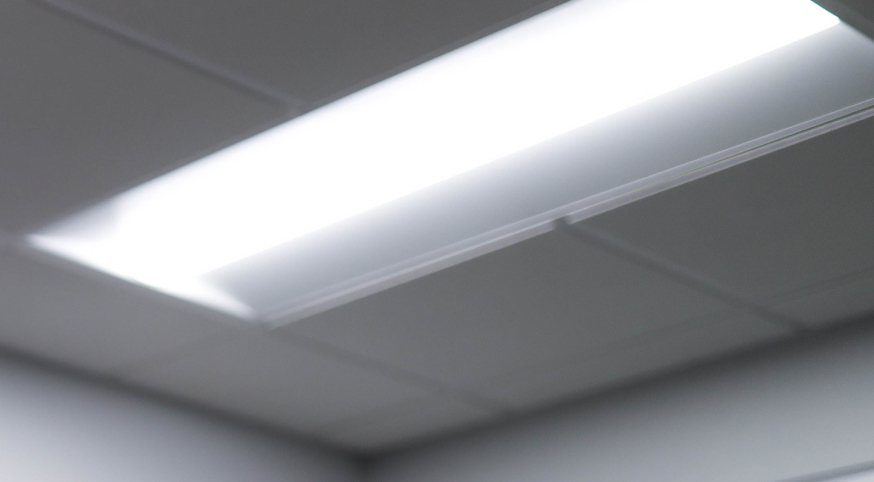

Contact a Car Accident Lawyer to Learn More About Your Single Car Auto Accident
Whether hitting a fixed object or leaving the roadway, single-vehicle crashes bring unique legal considerations. Though you may feel alone, taking smart actions like remaining on-scene, documenting details, cooperating with police, and contacting counsel safeguards your interests.
A Vaughan & Vaughan car accident attorney’s investigation and know-how can uncover liability even without another car involved. Do not assume there is no recourse or that the scene tells all. Contact us today to learn more about how we may be able to help you.
With diligent effort and legal guidance, accountability and justice may be attained, providing closure and compensation so you can move forward after the trauma. Your legal rights still prevail, even when you are the lone vehicle, so it’s important that you don’t leave the scene too early.
